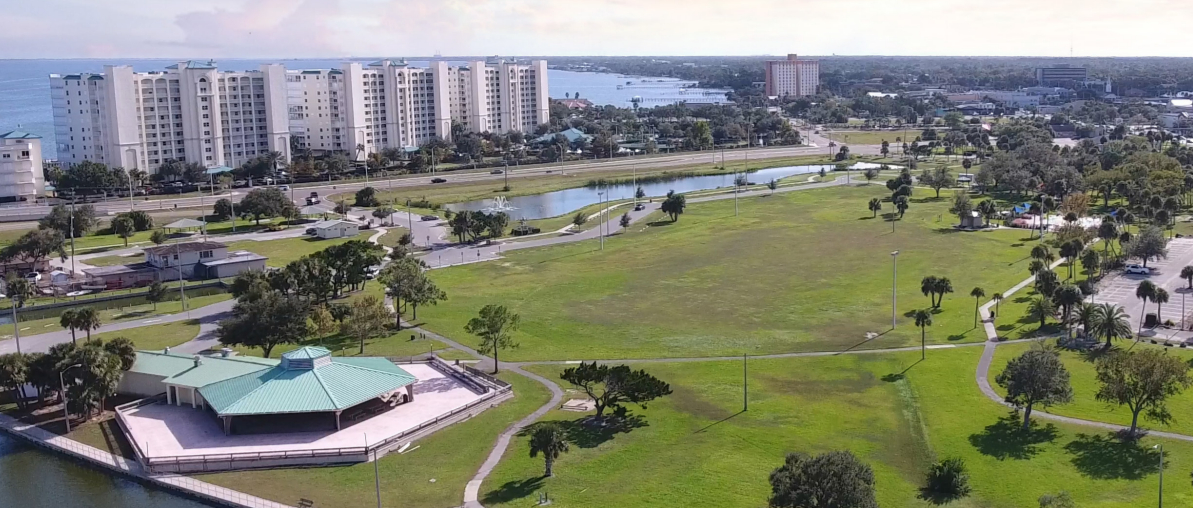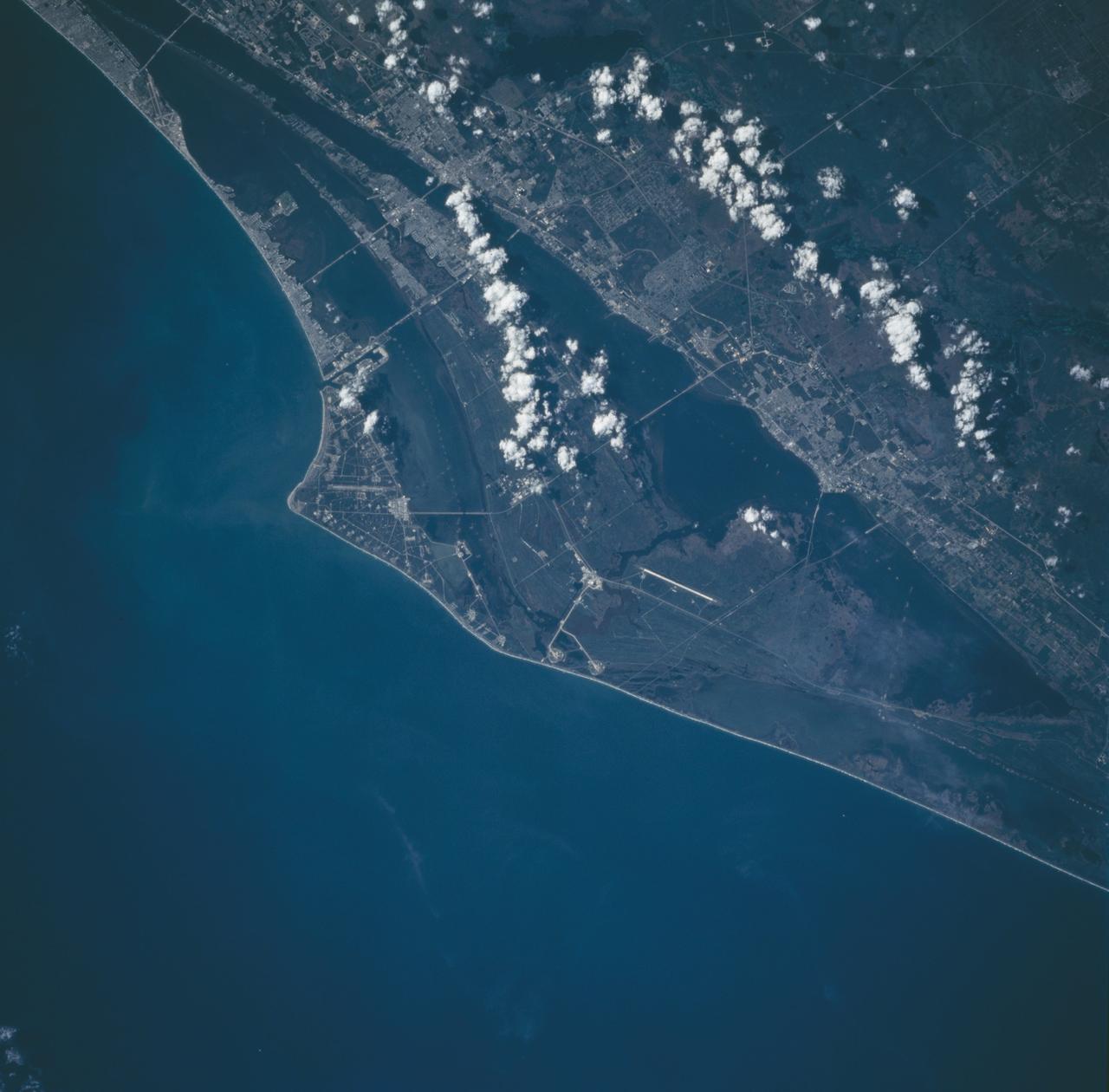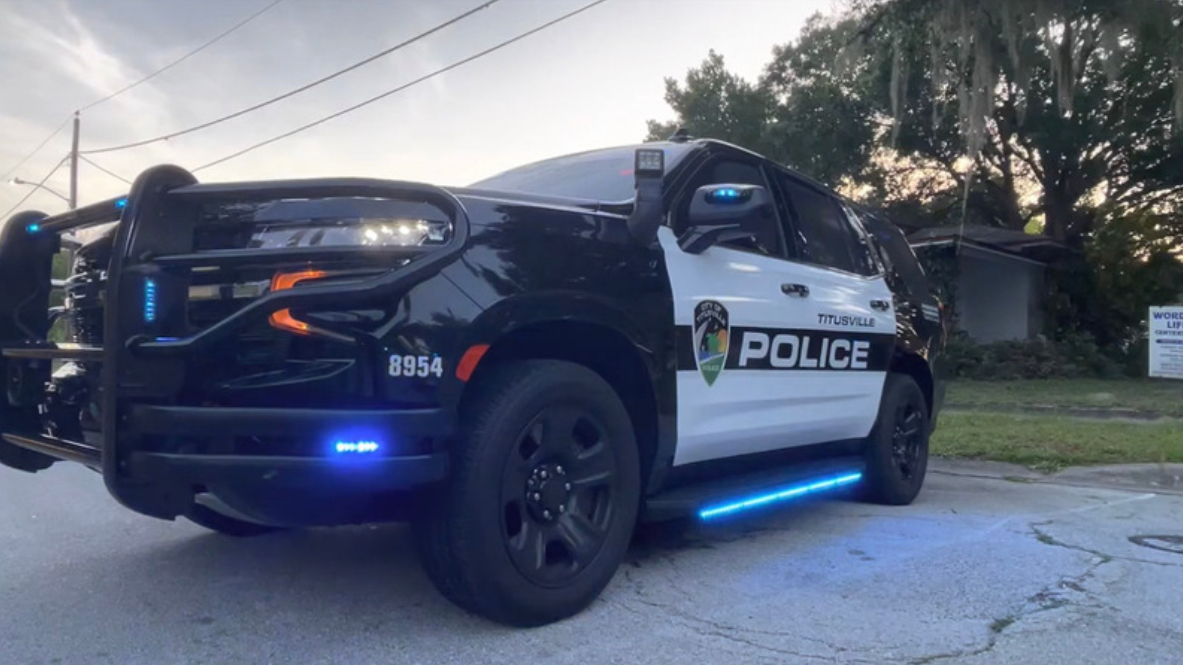
SpaceX plans to add another 23 members to its ever-burgeoning constellation of Starlink satellites on Friday night from Space Launch Complex 40 at Cape Canaveral Space Force Station. The launch window opens at 6:43 PM EDT and extends to 10:43 PM the same night.
The launch will be SpaceX’s 57th of the year and the company’s 11th launch in May, numbers that far outpace any other organization globally.
The booster used for the mission will land downrange on the droneship Automated Spaceport Drone Ship ‘A Shortfall of Gravitas’, which will be stationed in the Atlantic Ocean just east of The Bahamas. Since the mission is not a Return To Launch Site mission, there won’t be any sonic boom on the Space Coast.
Payload
23 Starlink satellites, to be used in SpaceX’s orbital-based Internet service.
They are manufactured at SpaceX’s Starlink manufacturing facility in Redmond, Washington, are estimated to weigh 750-800 kg apiece and are about 3.0 meters (9.84 feet) long and 1.3 meters (3.94 feet) wide at liftoff. When a Starlink Mini V2 extends its solar panels, it is an estimated 98.5 feet in diameter.
Weather
According to the 45th Weather Squadron of the US Space Force, the forecast for the launch is highly favorable, with a 90% chance of acceptable weather during the launch window. If, for some reason, the launch doesn’t happen on Friday evening, the planned backup window is effectively the same: a 90% chance of favorable range conditions on Saturday.
In their forecast discussion, the 45th says that, “Onshore flow will strengthen tomorrow, with breezy conditions developing along the coast Friday and Saturday. The strong onshore flow will result in an early westward translation of the seabreeze, with the focus for any shower and storm development likely shifted to the west side of the Florida peninsula Friday and into the weekend.”
In short, a dry pair of days for the Space Coast — good for rocket launches, but perhaps not as good for an area experiencing a mild drought.

Sky Cover
The National Weather Center forecasts that roughly 10% of the sky will be covered by clouds during the launch window.
These estimates are hit-or-miss and in any case are highly local, but are interesting if you are planning to view the launch in person.

Trajectory
Falcon 9 will take a southeasterly direction tonight towards The Bahamas, as is customary for all Group 6 Starlink missions. Spectators looking toward the Atlantic Ocean from shore will see the rocket flying left to right.
Given that the flight is immediately offshore with no return to launch site, there will be no sonic boom from the launch on the Space Coast.

Booster: Unknown
SpaceX has not announced which booster it will deploy for this mission at the time of this writing.
Countdown Timeline
There are key events in the countdown that you may hear called out in launch coverage.
Remember that once Propellant Loading (T-minus thirty-eight minutes) starts, Falcon 9 is committed to the launch attempt. Because of the nature of the cryogenic fuels used to power the rockets, any hold precludes a later launch attempt the same day. While it only rarely happens, there have been occasions where that has happened, and a launch scrub is called for the day’s attempt.
SpaceX provides the following countdown milestones on their mission information page:
| Hours:Minutes:Seconds | Event |
| 00:38:00 | SpaceX Launch Director verifies go for propellant load |
| 00:35:00 | RP-1 (rocket grade kerosene) loading begins |
| 00:35:00 | 1st stage LOX (liquid oxygen) loading begins |
| 00:16:00 | 2nd stage LOX loading begins |
| 00:07:00 | Falcon 9 begins engine chill prior to launch |
| 00:01:00 | Command flight computer to begin final prelaunch checks |
| 00:01:00 | Propellant tank pressurization to flight pressure begins |
| 00:00:45 | SpaceX Launch Director verifies go for launch |
| 00:00:03 | Engine controller commands engine ignition sequence to start |
| 00:00:00 | Falcon 9 liftoff |
Typical SpaceX countdown timeline is presented for information purposes only.
Timeline of Falcon 9 Flight
SpaceX has published a timeline of expected events during the mission:
| Hours:Minutes:Seconds | Event |
| 00:00:00 | Liftoff |
| 00:01:11 | Max-Q (Moment of peak mechanical stress on the rocket) |
| 00:02:26 | 1st stage main engine cutoff (MECO) |
| 00:02:30 | 1st and 2nd stages separate |
| 00:02:36 | 2nd stage engine starts (SES-1) |
| 00:02:56 | Fairing deployment |
| 00:06:09 | 1st stage entry burn begins |
| 00:06:33 | 1st stage entry burn ends |
| 00:07:59 | 1st stage landing burn begins |
| 00:08:22 | 1st stage landing |
| 00:08:41 | 2nd stage engine cutoff (SECO-1) |
| 00:54:08 | 2nd stage engine starts (SES-2) |
| 00:54:10 | 2nd stage engine cutoff (SECO-2) |
| 01:05:17 | Starlink satellites deploy |
All events up to the end of the 1st stage entry burn should be visible for launch spectators watching the launch in person, so long as clouds are not blocking the viewer’s line of sight. Fairing separation is generally only visible during daytime launches and then only using advanced optics like high-powered binoculars or a super-telephoto lens (500mm+).
Watching Online
SpaceCoastLaunchCalendar.com will have a livestream of the launch if you’re not able to watch the launch in person: Livestream
SpaceX will have a livestream of the launch on their website: Starlink 6-64 This will also be available on the X platform. Coverage starts about five minutes before liftoff.
Spaceflight Now will have coverage of the launch starting about one hour before liftoff on Youtube: link
For official updates regarding launch times, SpaceX.com is the best source of information. Starlink launch times change from time to time, and the company generally updates their website within minutes of the decision to change the launch time. This is very handy if none of the streaming options on YouTube have started their broadcasts.
Remember that there is a delay between a launch stream and the actual countdown clock. That is simply because of physics: it takes time for the signal to travel from the launch site, through the Internet, and back down to your phone, resulting in a five to fifteen-second delay.
Next Spaceflight, an app for iOS and Android phones, has a real-time countdown clock that is accurate to a second, give or take. The app is free. Search the App Store or Google Play.
Launch Viewing: In Person
This morning’s planned launch is from SLC-40, on the south side of the Eastern Range (KSC and Cape Canaveral Space Force Station combined.) The southern parks in Titusville on Washington Avenue and FL-528/A1A in Cape Canaveral are the best spots to watch liftoff directly.
- Banana River Bridge on FL-528 W in Cape Canaveral
- Kennedy Point Park in Titusville
- Rotary Riverfront Park in Titusville
Restaurants With Good Launch Views
Given the early hours of the launch window (7:30AM – 11:30AM EDT) these restaurants may not be open for launch viewing. Later in the day, all three may well be, so if you are interested, be sure to call ahead to make sure they’ll be ready to serve you.
- The Space Bar ($$$) – atop the Courtyard Marriott near Kennedy Parkway
- New York New York ($$) – on the Indian River with an outdoor seating area. Is family-friendly.
- Shiloh’s ($$$) — located on the Indian River with an outdoor deck overlooking KSC/CCSFS
Indirect Views
There are several excellent viewing spots for SLC-40 launches that offer indirect views — meaning you won’t see the rocket until it clears obstructions such as trees, buildings, even a storm berm in one case.
- Jetty Park, Port Canaveral
- Fee required, much be purchased in advance: Port Canaveral Store
- It’s very possible to see a cruise ship coming or going.
- The pier especially has great views
- Cocoa Beach
- Parking fees (probably). Pay with your smartphone on the parking app. There are signs everywhere telling you how.
- Further away, but still good views.
- Northern Titusville Parks
- Further away, but really nice views.
Be prepared for potential changes or pushbacks in the launch schedule, and keep up by monitoring the live stream links mentioned above.
Keep up with launch news and other space events that affect the local area by subscribing to alerts when we publish a new article by entering your email at the link at the bottom of this page, or by visiting Space Talk here on the website. It’s free, and you can cancel at any time.












Leave a Reply